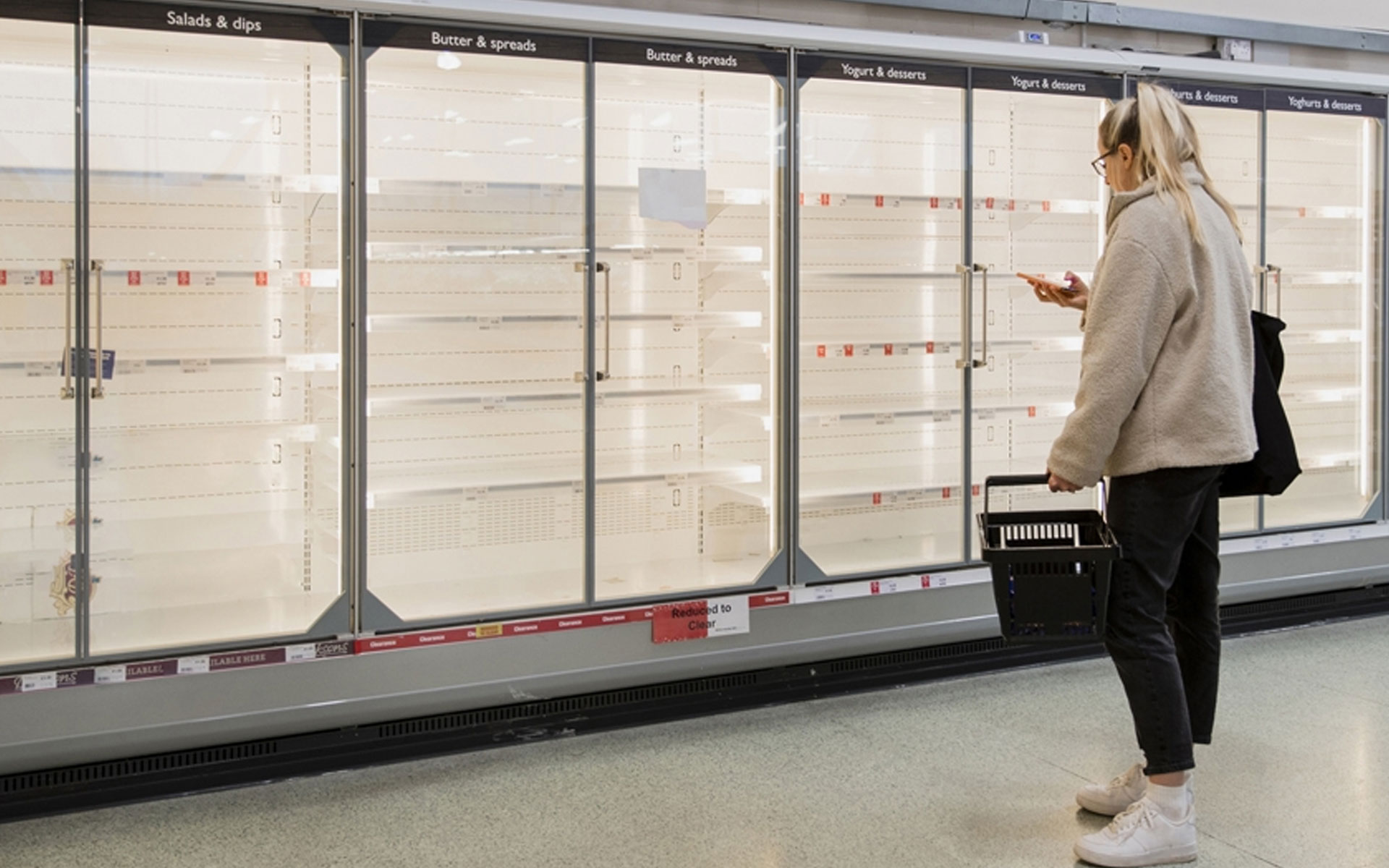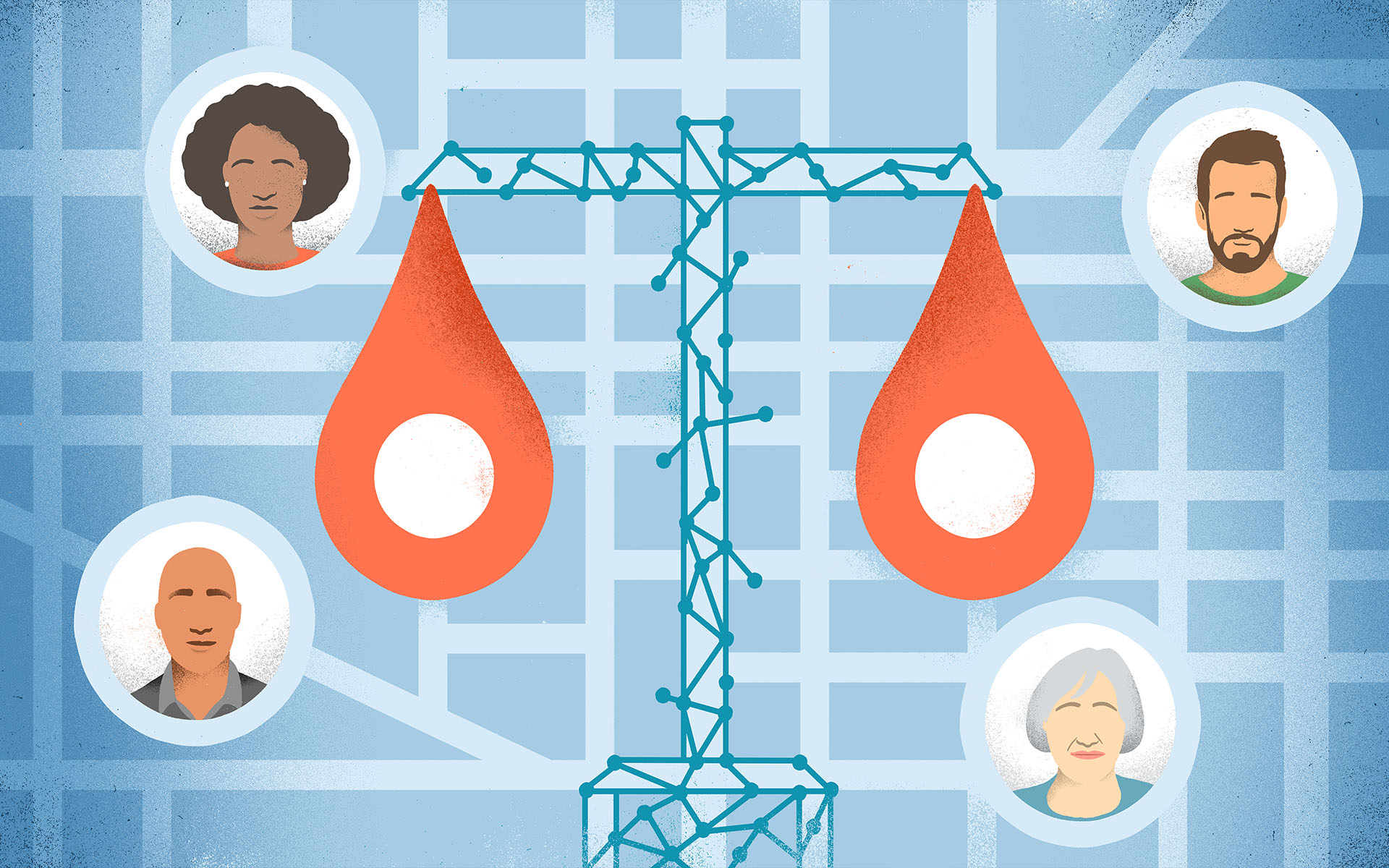Subscribe:
In 2007, Apple founder and CEO Steve Jobs upended the telecom industry when he announced the iPhone. For years, the product’s elegant design, strong build quality, and high price set it apart from the competition – even as it lost market share to less pricey Android-powered variants. To this day, consumers associate the brand with high quality.
Are prices always an indicator of quality? According to research by Rim Hariss, Associate Professor of Operations Management at McGill University, it’s complicated. Prices affect how consumers perceive a product’s quality compared to its competitors, regardless of the product’s real attributes. But with the right strategy, retailers can use this to their advantage.
Prices usually reflect the costs of manufacturing, supply and demand, and other operational factors. Indeed, these are important considerations for retailers hoping to turn a profit. But companies can also use prices to say something about who they are and what consumers can expect from their products.
“Prices are used to signal where a company stands compared to their competitors,” said Hariss on the McGill Delve podcast. In this way, pricing is a strategic tool; companies can use it to position themselves in a market.
There are several ways retailers can strategically play with their prices. Price skimming, for example, is a well-known tactic that involves starting a product at one price and changing it later. A subscription-based company like Netflix can use low prices to undercut the competition and win over subscribers. Then they can increase their prices once subscribers are locked in.
Sales, Sales, Sales
Another way companies can play with pricing is through clearance sales, said Hariss. Sales perform an operational function (e.g. offloading goods to clear space for new inventory), but they can also introduce new consumers to a brand or drum up excitement about a product launch. For example, when a video game sequel hits the shelves, you might see its predecessor go on sale to generate some buzz.
But playing with prices in this way does come with some risk, said Hariss. Hold too many sales and consumers will begin to expect lower prices or wait for the discounts before buying a product. Or worse yet, frequent sales could be seen as a marker of poor quality or bad operational management. This is especially true for the more informed consumers out there. People who know a lot about cell phones might raise an eyebrow when a flagship release is discounted a week after launch. They assume the quality just isn’t there.
In her research, Hariss also found that consumers anchor their quality perception on the price-related information available to them when they start shopping for a product. If a retailer’s sweater is discounted at the moment a consumer enters the market, they might think the product is of inferior quality to other sweaters that aren’t discounted.
That’s because of something called price anchoring, Hariss explains. The consumer develops a first impression of the product based on its price and perceived quality at the consumer’s point of entry. From there, assuming they know nothing else about the brand, they may think it’s an inferior product compared to the competition.
Many factors can influence how a consumer interprets a company’s pricing, sales strategies, and the quality of their products. Professor Hariss explores them in greater detail on the McGill Delve podcast. Listen here or search “McGill Delve” wherever you download podcasts.

Rim Hariss
This article was written by Eric Dicaire.
This episode of the Delve podcast was hosted, edited, and mixed by Eric Dicaire. Saku Mantere is McGill Delve’s editor-in-chief.
Inspired by the research paper titled “Markdown Pricing with Quality” by R. Hariss, G. Perakis, W. P. Sinchaisri, and Y. Zheng.













